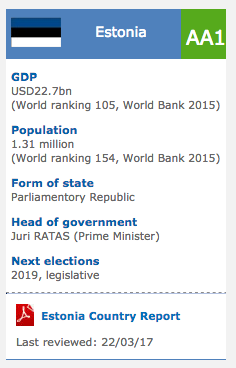Albania: Albania Art / Culture Profile
2012/02/15
Albania Art / Culture Profile
Tiranë is the country's major cultural center. The city is home to several national museums, an orchestra, and an opera company.
Albanian is the only part of branch of Indo-European languages. There are 2 major languages whose names are as well the names of the 2 major Regional groups in Albania, which are as well differentiated by their traditional social organization: Tosk, influenced by Turkish, roughly to the south of the Shkumbin River; and Gheg, with a lot of Romance, Greek, and Slavonic influences, to the north. The modern official Albanian language dates from the period 1908 to 1912, when, as a result of the country-building process, the language was standardized on the Tosk variant and the Latin alphabet was introduced.
Archaeological and prehistoric evidence for Illyrian settlements on Albanian territory date from the second Millennium B.C. At first influenced by ancient Greek civilization, Illyria belonged to the Roman Empire after 168 B.C. From the fourth to the sixth centuries the Illyrians suffered Hun and Gothic invasions, and from the sixth century Slavs began to settle on Illyrian territory. In Kosovo the plains settlers withdrew into the mountains, thus laying the historical foundations for modern territorial disputes between Serbs and Albanians in Yugoslavia. From 750 the area was under Byzantine policy, and from 851 to 1014 it belonged to the Bulgarian Empire. Later came the Normans (1081-1185) and Neapolitans (the "Regnum Albaniae" of Charles of Anjou in coastal Albania, 1271), and the country became part of the Great Serbian Empire from 1334 to 1347 under Stefan Dušan. The Venetians then claimed the area until 1393, when the Ottoman Empire absorbed it; the area finally declared its Independence in 1912.
Today Albania is very homogeneous ethnically. The 1976 Albanian constitution recognizes national minorities and guarantees minority rights concerning language, folklore, and tradition, but not religion. The Greeks (5.2%) live mainly in the Albanian Epirus. Thousands of Albanian Greeks have gone to Greece since the end of 1990 over a border that had been virtually closed for decades. The Balkan Romanians (0.5%), as well known as Aromuns or Vlachs, are regarded as an assimilated minority. Their before nomadic pastoralism came to an end through restrictions on their mobility after World War II, when political borders were closed, and through the socialist government's collectivization of agriculture. In the thirteenth century, Vlach pastoralists, artisans, and traders founded their capital, Voskopoja, in southern Albania, which in the seventeenth and eighteenth centuries became a center for international trade and cultural relations (with Venice, Vienna, and Budapest) with an Educated class.
Additional than 100,000 Vlachs were still recorded in Albania around the turn of the century. There are as well groups of Macedonians (0.4 %) and Montenegrins (0.2 %). The Gypsies (less than 0.2 %), both Sinti and Roma (Albanian evgjitë, a reference to a formerly assumed Egyptian origin, or kurbetë ), were compelled by national programs to settle down permanently. In the cities they live in apartment blocks or single dispersed apartments, though separate residential quarters for Gypsies can still be found. Traditionally basket makers, smiths, and tinkers, today they are employed as street cleaners or in road construction, being Socially marginalized. A very few Blacks (Albanian arigi ), the descendants of Ottoman slaves, as well are still living in Albania. A lot of Jews left to Israel in January 1991 by Operation Flying Carpet.
- Albania News
-
- AFGHANISTAN: UNWTO: International tourism – strongest half-year results since 2010
- ALBANIA: US LNG exports make European market more competitive
- ALBANIA: European Union to support Albania's public administration reform
- ALBANIA: European Union to support Albania's public administration reform
- AFGHANISTAN: Higher earning Why a university degree is worth more in some countries than others
- ALBANIA: Albanian Activists Mull Lawsuits to Stop Power Plants
- Trending Articles
-
- SOUTH AFRICA: Nigeria and South Africa emerge from recession
- BAHRAIN: Bahrain issues new rules to encourage fintech growth
- UZBEKISTAN: Former deputy PM named Uzbekistan Airways head
- ARUBA: Director of Tourism Turks and Caicos after Irma: Tourism, visitors, hotels current status
- ANGOLA: Angola: Elections / 2017 - Provisional Data Point Out Qualified Majority for MPLA
- WORLD: How fair is our food? Big companies take reins on sourcing schemes














